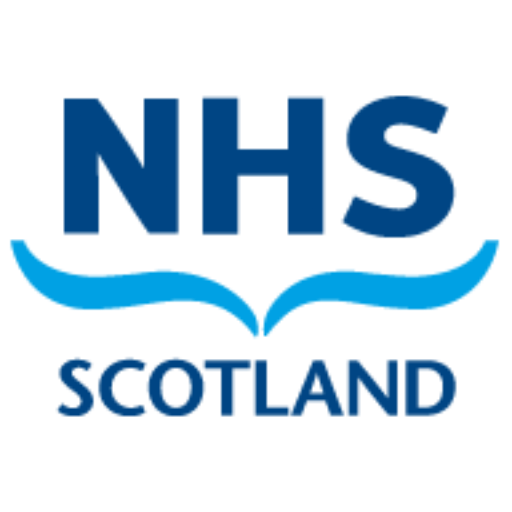Patients typically present to their GP, A & E or from another specialty with various symptoms including breathlessness, chest pain, cough, tiredness, etc. A chest X-ray can identify if a pleural effusion (fluid around the lung) or pleural mass is present. There are a number of investigations that can be carried out to ascertain a diagnosis but not all patients will require every investigation.
CT (computerised tomography) scan
A CT (computerised tomography) scan uses computers and a rotational X-ray machine to take cross sectional images of your body. It provides more detail than a X-ray and usually lasts no longer than 15-30 minutes. An injection containing a special dye called contrast can be used to highlight the images.
CT Positron Emission Tomography scan (CT PET)
A CT PET scan can help identify if a cancer has spread to other parts of your body. You will be given an injection called a radiotracer which goes around your body and highlights any abnormal areas.
Pleural aspiration
Pleural aspiration involves passing a small needle through the chest wall to remove fluid from around the lung under ultrasound guidance. This procedure can be used for diagnostic purposes or for therapeutic benefit.
Local Anaesthetic Thoracoscopy (LAT)
Local anaesthetic thoracoscopy (LAT) is a procedure where a special camera called a thoracoscope is inserted into the space between your chest wall and lung. Biopsies (small tissue samples) can be taken to help identify the cause of your illness and sometimes a special sterile talc can be inserted during this procedure to prevent fluid accumulating again. You will be given sedation for this procedure.
CT/USS guided biopsy
A CT or USS guided biopsy is a procedure where a Radiologist will insert a needle under CT or ultrasound guidance to obtain a small tissue sample (biopsy). You will be given sedation for this procedure.
Video Assisted Thoracoscopic Surgery (VATS)
Video Assisted Thoracoscopic Surgery (VATS) is a surgical procedure which involves inserting a thoracoscope and other surgical instruments via a number of small incisions into your chest. It is used to obtain tissue (biopsies) to aid a diagnosis. It is slightly more invasive than LAT and is done under general anaesthetic.
